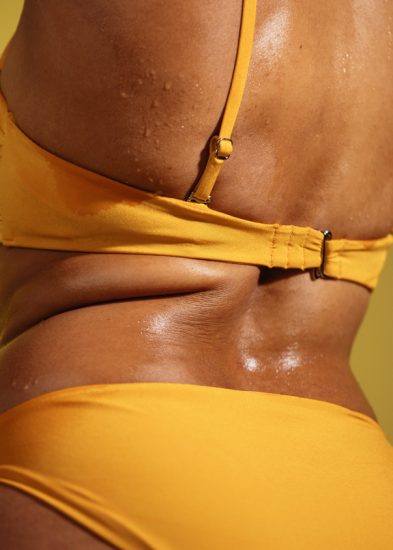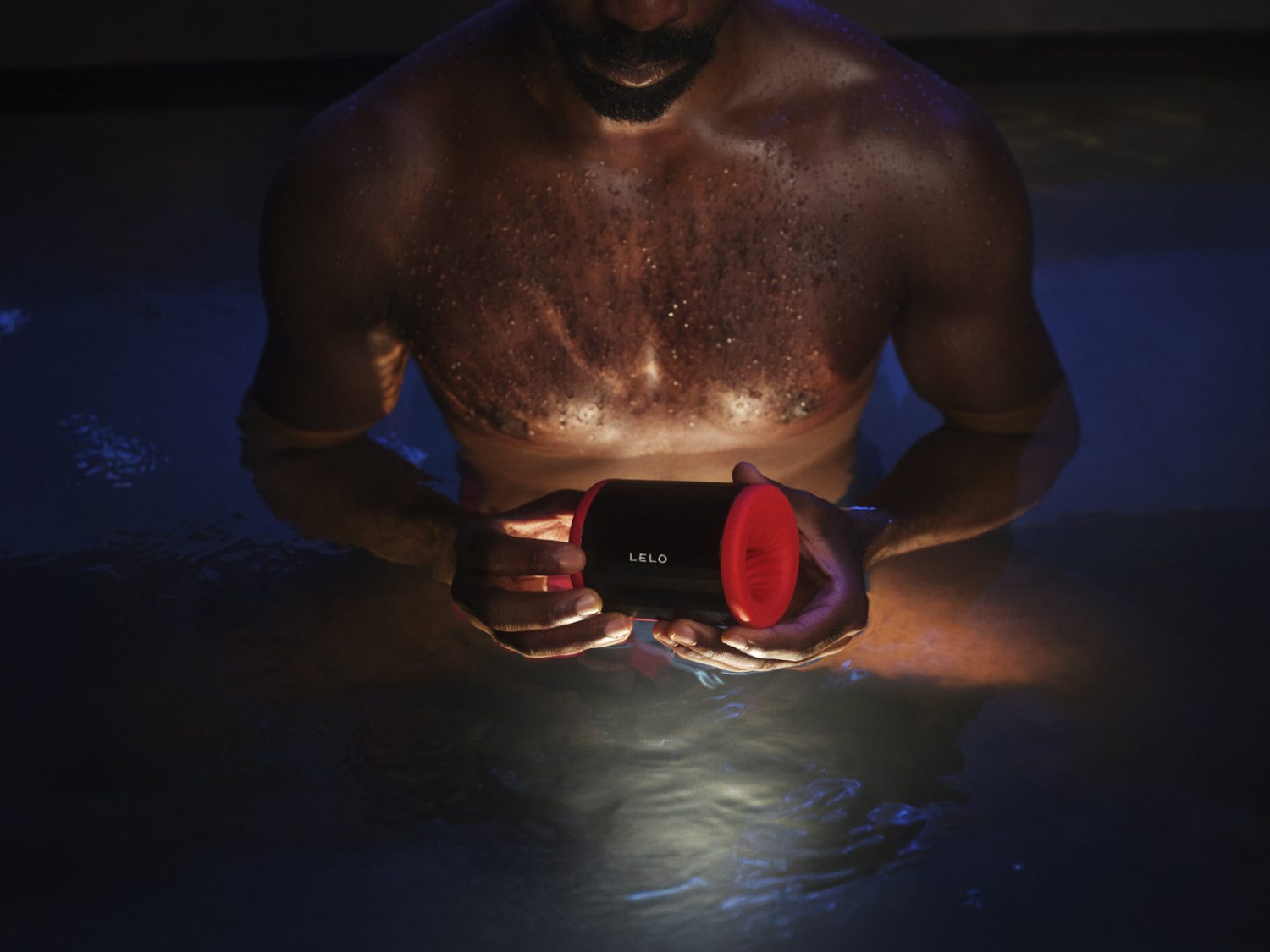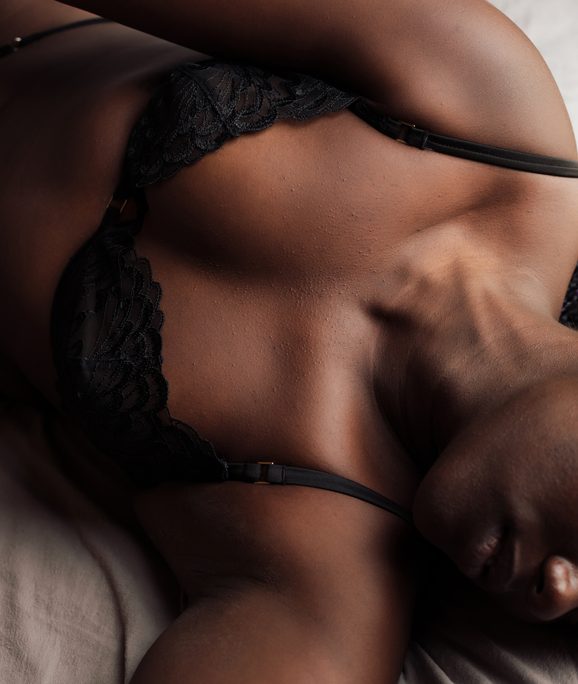It’s 2022, and in our brave new world of sex positivity, perhaps you’ve run across some terms you aren’t familiar with. Demisexual, for example. Pansexual. Heteroflexible. We’ve really expanded our vocabulary to talk about desire, but perhaps you’re nervous to use these words because you don’t know what they mean. If that’s the case, I have good news for you, because you’re about to learn them.
Knowing your desire style (and the words that go along with them) has massive benefits, because no matter who you are, your sexuality is nuanced. You date better, manage a relationship better, and certainly enjoy better sex when you’ve got a deeper understanding of yourself and others. Plus, when you see yourself in a category of sexuality, a light switch turns on. “Oh,” you begin to think, “so that’s why that person is so sexy to me.”
When we learn about the desire style, we take it in mentally – but these words often download into our emotional core, giving us a more precise picture of why we are the way we are. So without further ado, here is your sexuality glossary, with special thanks to the Human Rights Campaign and Healthline for their resources. And, while sexuality is ever-evolving and growing in our culture, these are contemporary terms you can start using today.
When you think about your desire style, which of the below definitions resonate with you?
ASEXUAL
When you don’t experience sexual attraction to others of any gender. But, you could experience romantic attraction and affectionate feelings, minus the sex part.
BICURIOUS
When you’re interested in exploring bisexuality, especially if you’ve previously identified as being attracted to one gender only.
BISEXUAL
Sexual attraction to more than one gender.
DEMISEXUAL
When you need an emotional connection with someone, before feeling sexual towards them.
FLUIDITY
The idea that sexuality, sexual attraction, and sexual behavior can change over time, and be dependent on your situation or surroundings. You may hear someone describe their sexuality as “fluid,” and speaking of which, fun fact: between 2011 and 2019, college-age women increasingly moved away from exclusive heterosexuality.
HETEROFLEXIBLE
Someone who’s “mostly straight,” but occasionally attracted to people of the same gender.
HETEROSEXUAL
Straight, no chaser. You identify as a woman and are attracted to folks who identify as men, and vice versa.
PANSEXUAL
Sexual attraction regardless of gender. If you’re scratching your head going, “isn’t that the same thing as being bi?” notice the subtle wording: bisexual people are attracted to more than one gender, while pansexual people are attracted regardless of gender. That doesn’t mean they’re attracted to everybody, however (just like a heterosexual male isn’t attracted to all women) – more that for a pansexual person, gender assignment figures in less heavily to their overall desire patterns.
SAPIOSEXUAL
When intelligence is a turn-on for you.
SKOLIOSEXUAL
When you’re attracted to people who are non-binary in their gender.
So those are 10 useful sexuality terms to add to your vocabulary. Now, let’s look at 5 different types of attraction:
Emotional Attraction
The desire to be emotionally present with another person. But it’s not necessarily physical in nature – rather, emotional attraction is a desire to connect with someone, based on their heart, mind, or personality.
Romantic Attraction
The desire for a romantic connection with someone, even if it’s not a physical or sexual connection that you crave.
Sexual Attraction
When you wanna have sex bb! This is the type of attraction many of us are familiar with when we desire physical intimacy or sexual contact with a certain someone.
Physical Attraction
The desire to be around others, to be physically cared for and treated with love and affection. This describes the desire for touch or to receive touch, but not necessarily in a romantic or sexual way. Think cuddle parties, or giving and receiving hugs.
Aesthetic Attraction
When you admire someone’s appearance, without the desire to have physical, romantic or sexual contact with them.
So there you have it! Just like pleasure, identity is for everyone – and when we understand ourselves as people with unique sexual blueprints, it’s easier to design the sex lives we want. All we need are the words to speak our truth, and useful terms to help us see others – and ourselves – more clearly.











